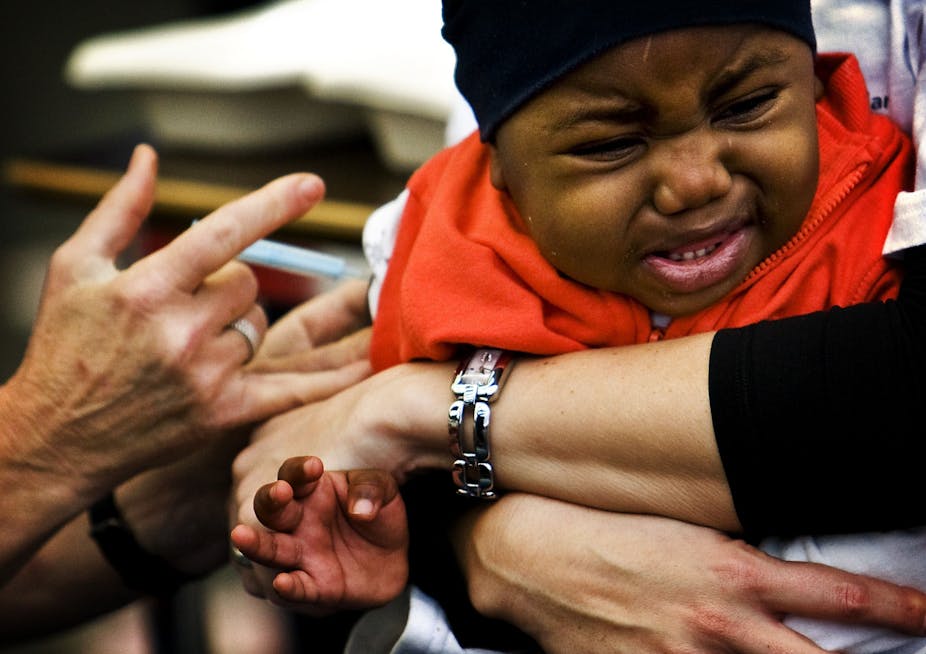Today the Gillard Government released an independent assessment of Australia’s management of vaccine adverse events.
Commissioned by the Parliamentary Secretary for Health and Ageing, Catherine King, the review was conducted by former Chief Medical Officer, Professor John Horvath AO.
The review followed public alarm over the withdrawal of seasonal flu vaccines for children in the 2010 flu season due to an unusually high incidence of fever with convulsions following vaccination in some children under five years of age.
It recommended a more cohesive and coordinated national plan to deal quickly and effectively with health concerns about vaccines.
Immunisation expert from The University of Sydney, Professor Robert Booy, responds to the Review of the management of adverse effects associated with Panvax and Fluvax.
The Horvath report is timely and deeply considered. It calls for a series of working parties to address deficiencies in the Australian system – superficially, a bit like forming a committee to solve a problem.
The proposed working party on governance to improve clarity around the roles and responsibility of all stakeholders makes sense, particularly because there are currently no standard operating procedures for responding to adverse events following immunisation that do not require regulatory action.
The report gives options for forming different types of committees and my view is that the simplest and most timely or effective approach would be to build on what we already have rather than forming a new independent body like the US Centre for Diseases Control and Prevention.
The second proposed working party’s remit is to establish principles and objectives for better adverse event surveillance, including case definitions and triggers for action.
Here there is scope for a much bolder recommendation as presently we rely on passive surveillance, with active measures only kicking in after a signal.
An affordable approach might be to establish a pilot project for active surveillance that involves record linkage between vaccine uptake (recorded by the Australian Childhood Immunisation Register), general practitioner computer records and hospital discharge data – all performed in as close to real time as possible.
In my view, this active approach to surveillance is only hinted at by the seventh and final recommendation of the report, which calls for better e-planning.
It is clear that improvements are necessary in the accuracy and timeliness of reports to the Australian immunisation register but much more than this is required to achieve active surveillance.
The report concludes that Australian responses to the flu vaccine debacle last year were adequate and that the chief medical officer acted in a timely way.
The precautionary principle that was observed is laudable in light of the data available in April last year. However, we can do better with enhanced surveillance involving both hospitals and the community.
The National Centre for Immunisation Research and Surveillance is working with colleagues in Australia and China on improved adverse event surveillance for China, funded through AusAid.
The cause of the flu vaccine reactions last year is being investigated in cooperation with the best minds in the United States at US Centre for Disease Control and Prevention.
Australia can achieve better than international best practice through a pilot project of active surveillance, which will give yearly reassurance about the safety of flu vaccines in children.
Our community demands the highest levels of safety for children’s vaccines because they are delivered to the healthy. We can lead the world in achieving that.

